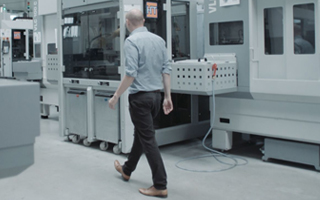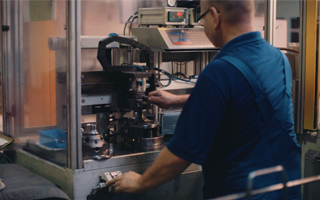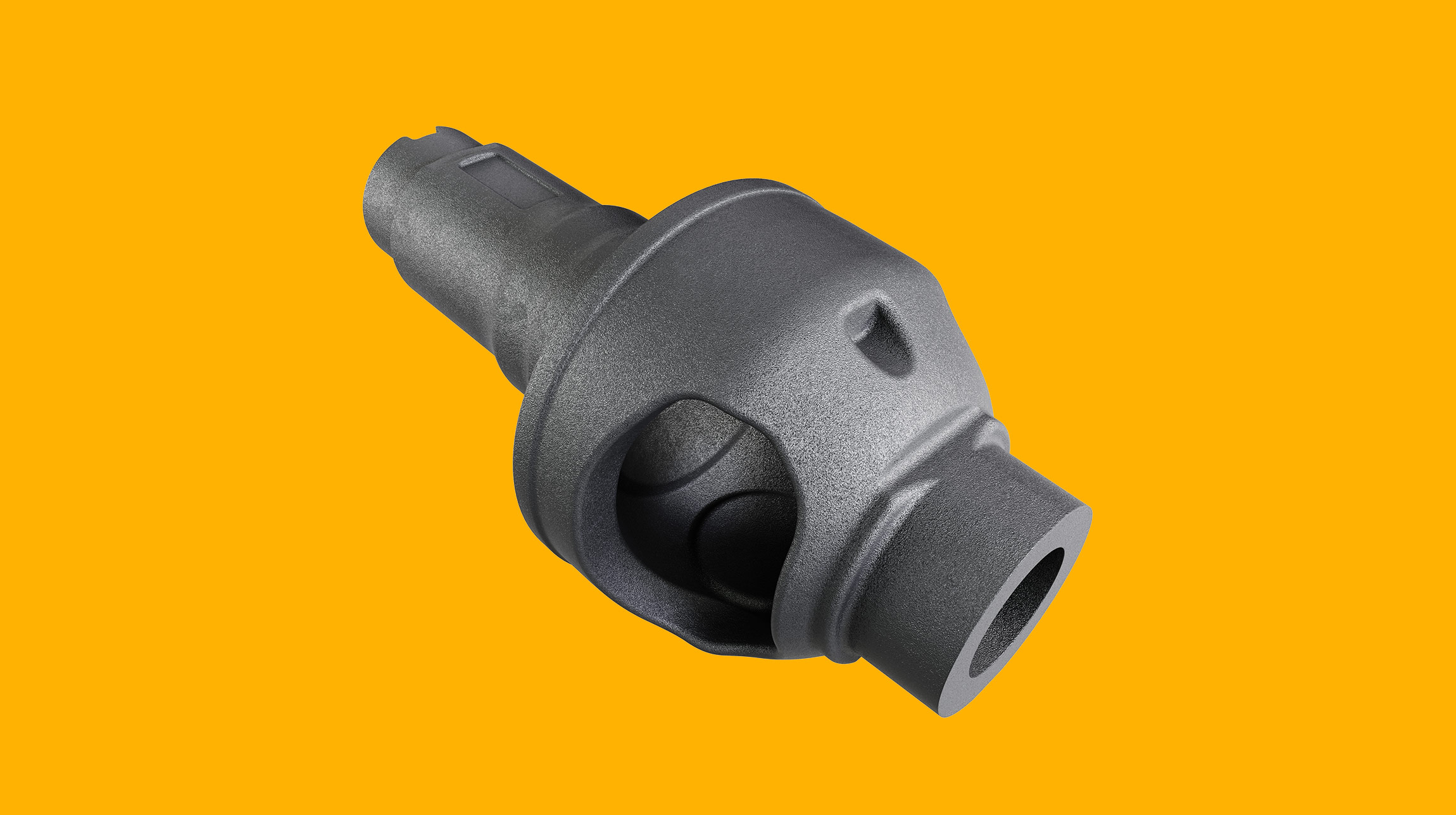
Keeping your Differential Healthy: Maintenance Tips and Troubleshooting Guide
The Differential’s Role in Vehicle Performance and Safety
The differential is a cornerstone of your vehicle’s drivetrain, playing a critical role in transmitting power from the engine to the wheels while allowing them to turn at different speeds. This function is particularly crucial when navigating corners, as the outer wheels need to cover more ground than the inner wheels. By enabling each wheel to rotate independently, the differential ensures smoother turns, reduces tire wear, and enhances overall vehicle handling.
A well-maintained differential not only improves vehicle performance but also bolsters safety. Efficient power distribution helps maintain traction, preventing slipping and skidding on uneven surfaces, thus contributing to the vehicle's stability and handling. This makes driving safer and more controlled. Additionally, a properly functioning differential can improve fuel efficiency, as the engine doesn’t have to work as hard to compensate for uneven power distribution.
Neglecting differential maintenance can lead to severe issues, such as abnormal tire wear, poor handling, and an increased risk of drivetrain failure. Symptoms like whining noises, vibrations, or fluid leaks should not be ignored, as they often indicate potential problems with the differential. Regular inspections and maintenance, including fluid changes and checking for wear and tear, are essential to keep the differential in top condition, ensuring that your vehicle remains safe, efficient, and reliable.
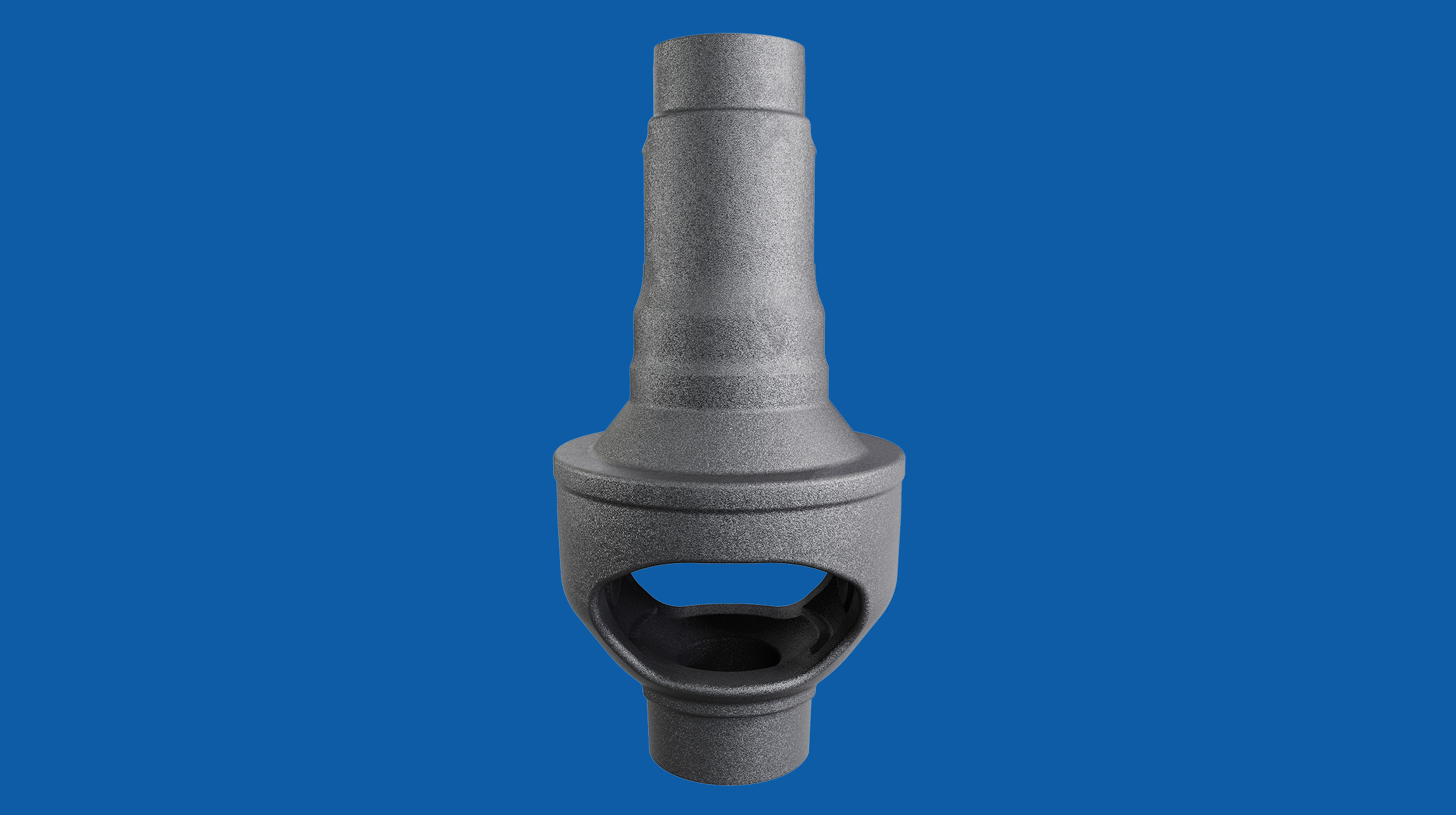
Routine Differential Maintenance
Routine maintenance is essential for ensuring your vehicle's performance and longevity. One of the most critical maintenance tasks is regular inspection and fluid changes. Differential fluid, also known as gear oil, plays a vital role in lubricating the gears and preventing friction and heat buildup. Over time, this fluid can become contaminated with tiny metal shards from normal wear, reducing its effectiveness.
It’s recommended to check the differential fluid level and quality every 30,000 to 60,000 miles, or as specified by your vehicle manufacturer. If the fluid appears dirty, dark, or gritty, it’s time for a change. Always use the fluid type specified in your vehicle's manual to ensure proper lubrication and performance.
Identifying and addressing normal wear and tear is another key practice in maintaining a healthy differential. During routine inspections, look for signs of leaks around the housing and axle seals. Leaks can indicate worn or damaged seals that need replacement. Additionally, be wary of unusual noises such as whining, humming, or grinding, which can suggest worn bearings or gears. Vibration while driving may also signal differential issues. Early detection and prompt repair can prevent more severe damage and costly repairs down the line.
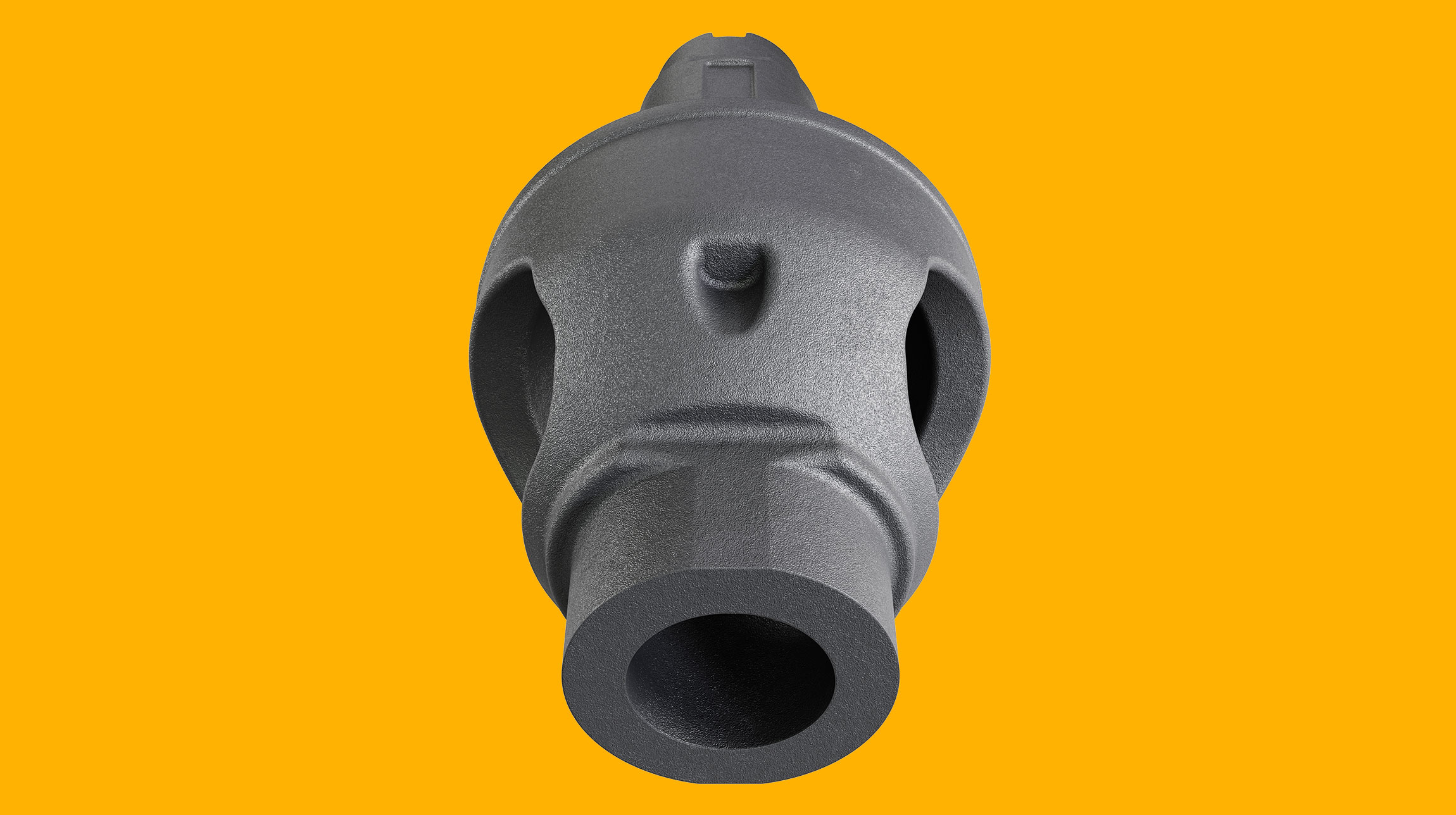
Step-by-Step Troubleshooting Guide for Differential Problems
We’ve put together a step-by-step troubleshooting guide to help diagnose differential problems:
Listen for Noise: Drive your vehicle in a quiet area and listen for any unusual noises, particularly when accelerating or turning. Note the specific conditions under which the noises occur.
Check for Leaks: Inspect the differential housing and axle seals for signs of oil leaks. If you notice any, the seals may need replacing.
Inspect Fluid: Check the differential fluid level and quality. Low fluid levels or dirty, gritty fluid can cause excessive wear on gears and bearings.
Feel for Vibration: Pay attention to any vibration while driving. These can be felt through the steering wheel or the vehicle floor and often indicate issues with the differential or driveshaft.
Check Tire Wear: Uneven tire wear can also point to differential problems, as improper functioning can affect how power is distributed to the wheels.
Advanced Tips for Extending Differential Lifespan
For those who use their vehicles for heavy-duty tasks, such as towing or off-roading, or simply want to maximize the lifespan of their differential, several advanced practices and upgrades can be considered.
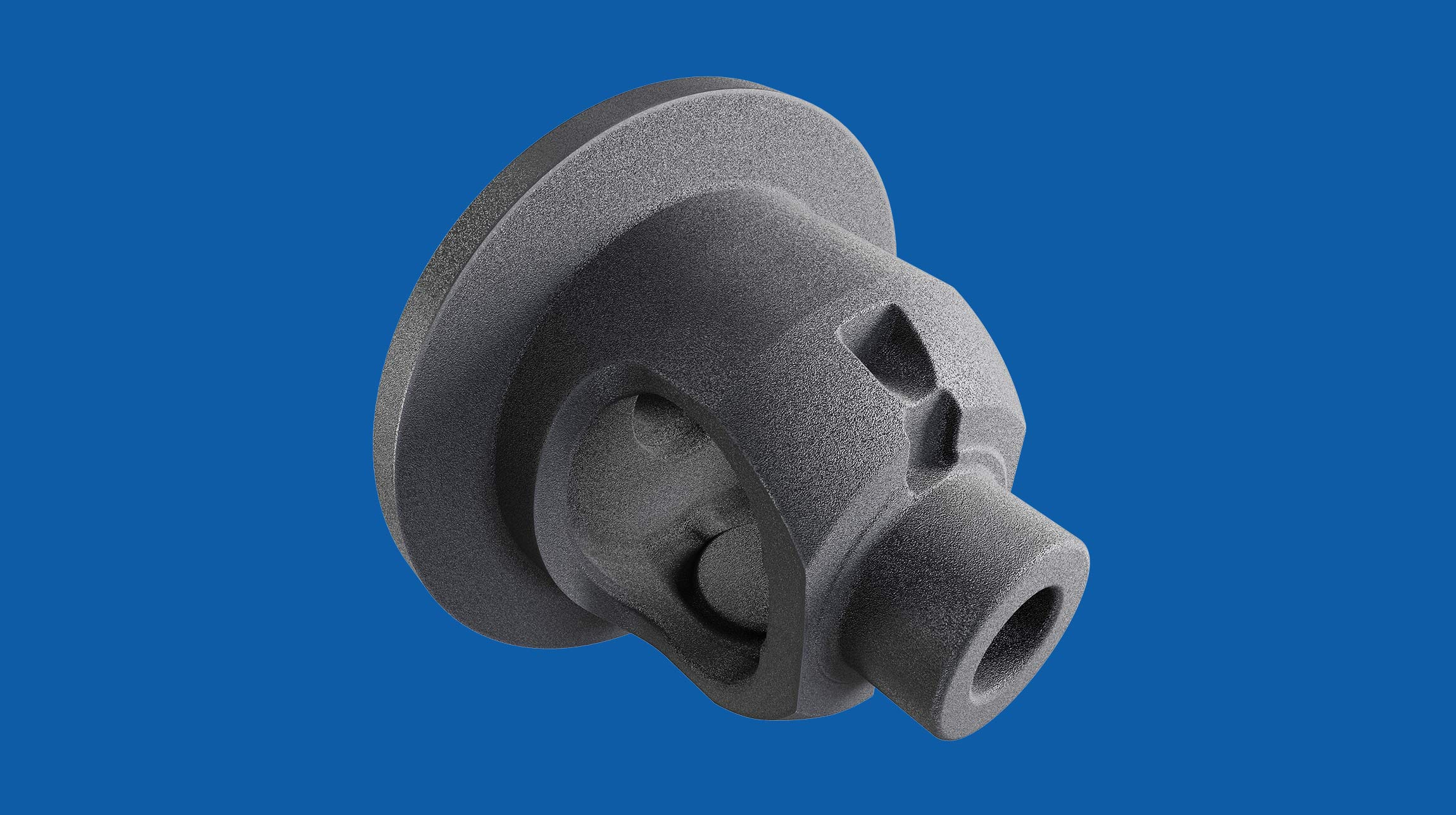
Best Practices for Heavy-Duty Use
Vehicles subjected to heavy-duty use put extra strain on the differential. To mitigate this, it’s important to use high-quality synthetic differential fluid, which offers better lubrication and temperature resistance compared to conventional fluids. Regularly check and replace the fluid more frequently, particularly after rigorous use. Installing a differential cover with cooling fins can also help dissipate heat more effectively, preventing overheating.
Upgrades and Modifications for Improved Performance
You have a choice of upgrades to consider for improving the performance and durability of your differential:
Limited-Slip Differential (LSD): Installing an LSD provides better traction by distributing power more evenly between the wheels, which is particularly beneficial in off-road conditions.
Stronger Aftermarket Axles and Gears: These are designed to withstand higher torque loads and rough terrain, making them a valuable upgrade for vehicles subjected to heavy use.
Heavy-Duty Bearings: These offer improved load-carrying capacity and durability, essential for vehicles engaged in high-performance or off-road activities.
Air Locker Differential: This upgrade allows you to lock the differential completely for maximum traction, a game-changer for off-road enthusiasts.
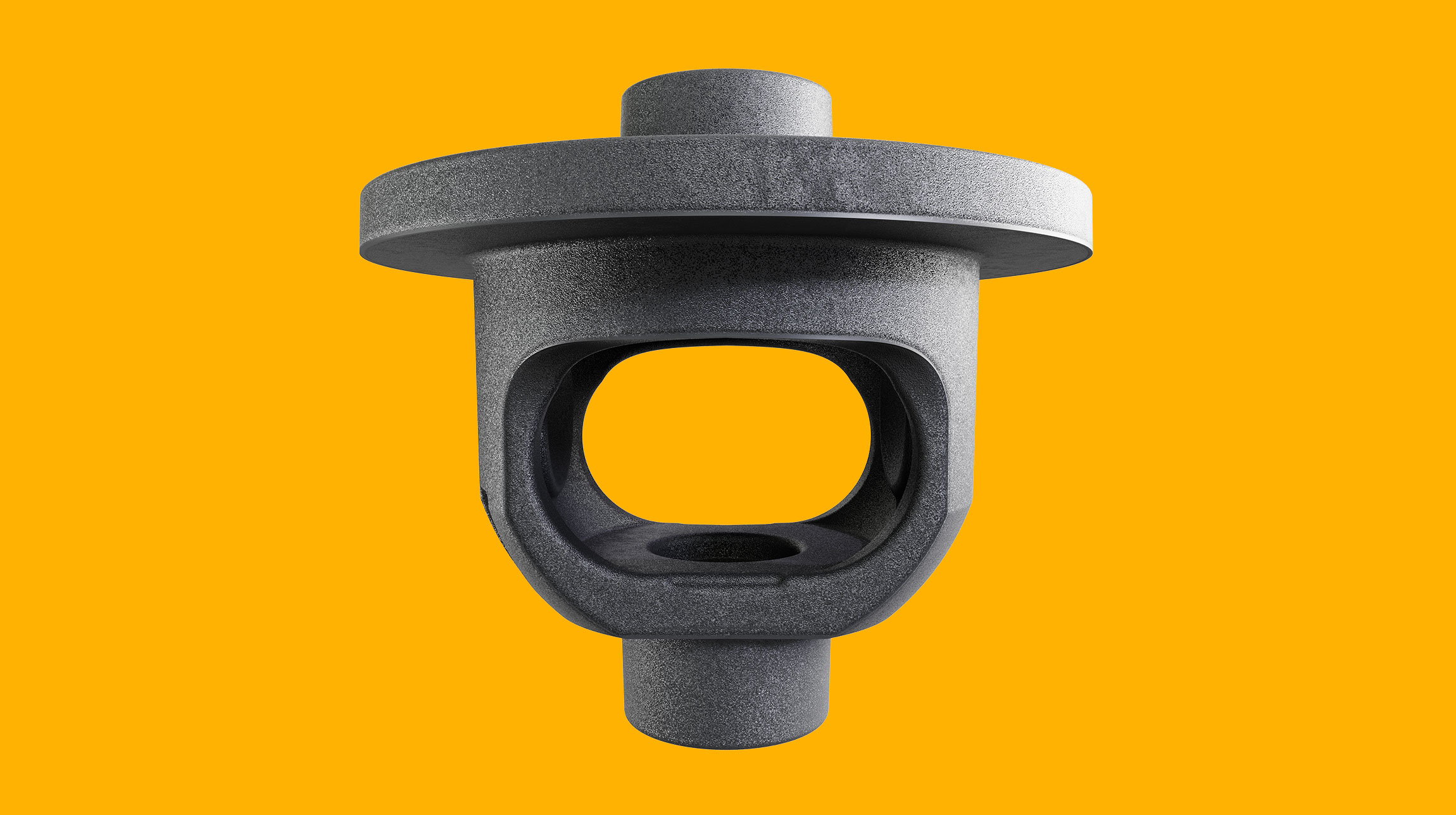
Regular Checks and Maintenance
Regular checks and maintenance are the foundation of a healthy differential. By combining routine inspections with advanced upgrades, you can ensure that your vehicle performs at its best, ready for any conditions. Here are some additional tips for keeping your differential in top shape:
Fluid Level and Quality Checks: Make it a habit to check the differential fluid level and quality regularly. Contaminated or low fluid can lead to excessive wear and potential failure.
Seal Inspections: Regularly inspect seals for signs of wear or damage. Replacing worn seals promptly can prevent leaks and further damage.
Listen and Feel: Always be alert to changes in how your vehicle sounds and feels. Early detection of unusual noises or vibrations can save you from more significant issues and costly repairs.
Professional Inspections: Periodically, have a professional mechanic inspect your differential and drivetrain. They can spot potential problems that you might miss.
A well-maintained differential is crucial for optimal vehicle performance, safety, and longevity. By understanding its role, performing regular maintenance, and considering advanced upgrades, you can ensure your differential remains in excellent condition. This proactive approach will not only extend the life of your vehicle but also provide a safer and more enjoyable driving experience. Whether you use your vehicle for everyday commuting, heavy-duty tasks, or off-road adventures, taking care of your differential is essential. Regular checks, fluid changes, and being attentive to your vehicle’s performance are key practices that will keep your differential healthy and your vehicle running smoothly.
News and blogs
-
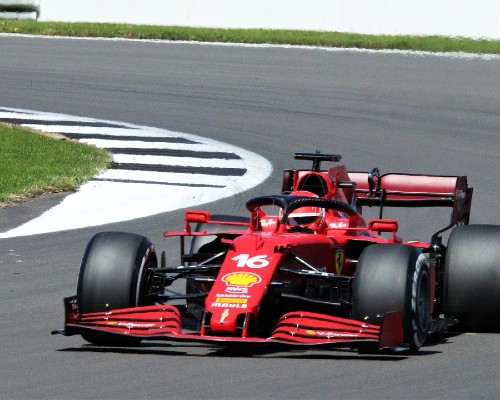
Could Doriane Pin be the Next Woman in Formula 1? And Why Engineering Matters More Than Ever
18th Dec 2025
Read More -

Glorious Goodwood: The Need for Speed
1st Aug 2025
Read More -
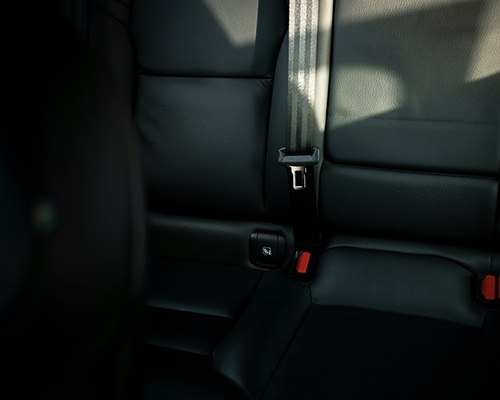
How A New Seat Belt is Set to Improve Accident Survival
10th Jul 2025
Read More -

Is The AirCar the Future of Mobility?
30th May 2025
Read More -

Top 12 Strangest Driving Laws From Around The World
25th Apr 2025
Read More -
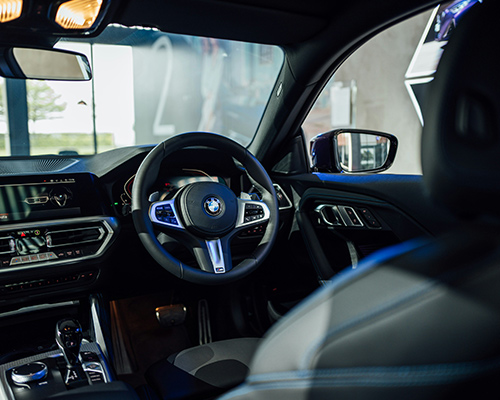
Over The Air Software Updates: What Are They and Do They Really Increase The Value of Your Car?
12th Mar 2025
Read More -

Ferrari's First Fully Electric Car: What We Know So Far
19th Feb 2025
Read More -
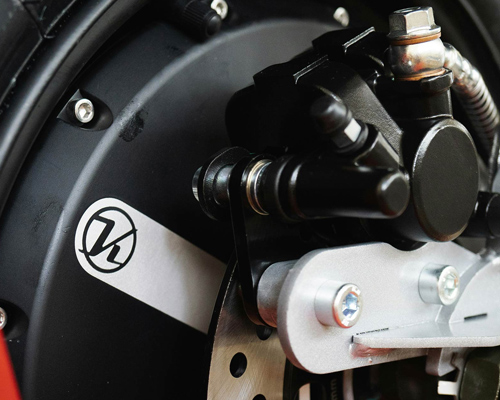
The Future of Brake Calipers: Innovations and Trends
27th Jan 2025
Read More -
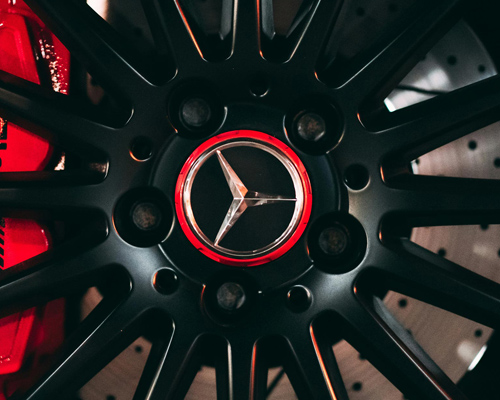
How Often Should You Replace Your Brake Calipers?
27th Jan 2025
Read More -
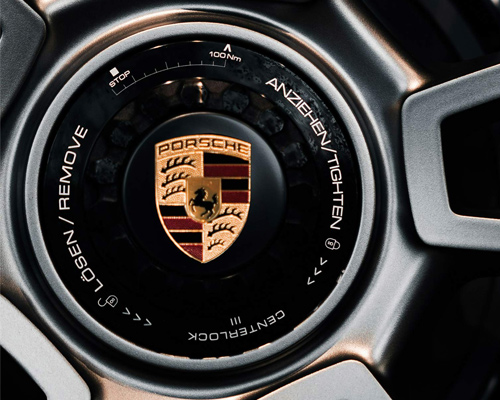
How to Choose Brake Calipers for High-Performance Vehicles
27th Jan 2025
Read More


